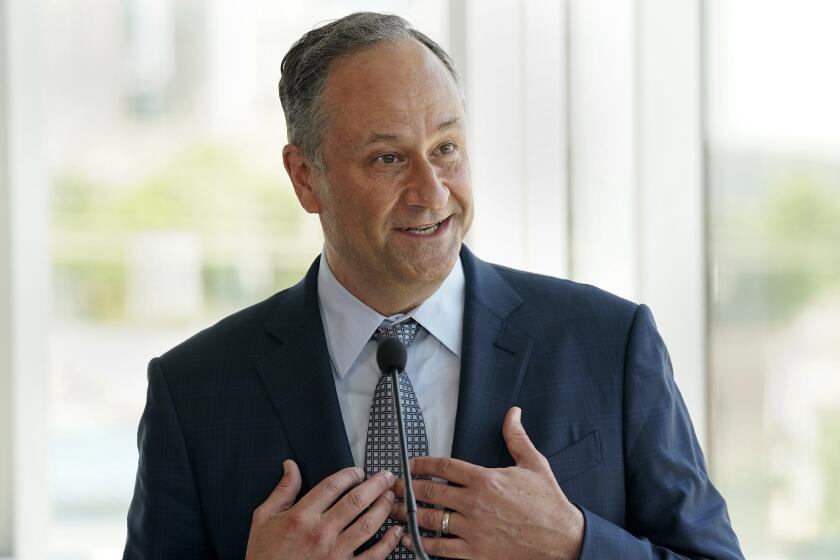Braking Budget Roller Coaster
- Share via
Can any lasting good come out of the state budget deadlock?
One possibility is long-term reforms that would immunize California from its pernicious boom-and-bust cycle. In deference to that goal, Assemblyman John Campbell (R-Irvine) has proposed a solution: limiting the future rate of growth of state government spending to the rate of population growth plus the rate of inflation.
All too predictably, however, the Democrats have dismissed the Campbell growth formula as nonsense from the Republicans. This knee-jerk reaction is unfortunate. With one important modification, the Campbell proposal could swiftly break what is otherwise likely to be a lengthy budget stalemate. Indeed, without such a fresh idea in the legislative mix, a stalemate is unavoidable.
Legislative compromise on the tax increases and program cuts necessary to close the huge budget deficit -- estimated at $34.6 billion -- will require moderate Republicans like Campbell to cross party lines.
In exchange for accepting new taxes, these moderate Republicans must be thrown a meaningful bone. And unlike the “slash and shrink” proposals of conservatives like Republican Sen. Tom McClintock of Thousand Oaks, Campbell’s would allow state government to grow within defined limits.
By letting government expenditures increase with inflation, the level of services would be maintained. That’s hardly nonsense. Similarly, by letting the rate of increase of government expenditures also rise with the rate of population growth, the formula acknowledges that the state’s obligations necessarily expand with the population.
Nonetheless, there is one significant flaw in the Campbell proposal that Democrats have yet to clearly articulate but nonetheless intuitively fear. To understand it, consider what would happen if, over the next two decades, both the rates of inflation and population growth are zero. These are extreme assumptions, of course, but they will help us isolate the one other factor that the Campbell formula ultimately must consider: the rate of economic growth.
Suppose further, then, that during these two decades of zero inflation and population growth, capital investment and technological change continue at rates comparable to the 1980s and 1990s. As a result of this capital investment, technological progress and the resultant increase in worker productivity, assume that the state’s gross domestic product grows in real terms by 4% to 5% a year. In such a scenario, the state’s economy and real gross domestic product would roughly double. State budget coffers would swell with increased revenues from everything from the sales tax and vehicle license fees to taxes on income and capital gains.
Yet under the Campbell formula, the state would have to return every single incremental penny to taxpayers. With no inflation or population growth, there could be no budget growth. State government would be unable to use the fruits of economic growth to make appropriate investments in the new infrastructure likely to be needed to sustain economic growth. Nor would it be able to upgrade government services to reflect the advancements in technology that would be byproducts of the growth. So economic growth and the quality of life of Californians would ultimately suffer.
Of course, the fix to the Campbell formula is easy. To the adjustments for inflation and population growth, there must also be a factor that adjusts for growth in the state’s real GDP.
With that adjustment, the Campbell formula would offer fiscally responsible common ground to the governor, the Democrats and moderate Republicans. There would be enough votes to approve both the expenditure cuts and tax hikes needed in the short run while putting in place a formula that would break the boom-and-bust budget cycle in the longer run.
Why not give it a try?
More to Read
Get the L.A. Times Politics newsletter
Deeply reported insights into legislation, politics and policy from Sacramento, Washington and beyond. In your inbox twice per week.
You may occasionally receive promotional content from the Los Angeles Times.










